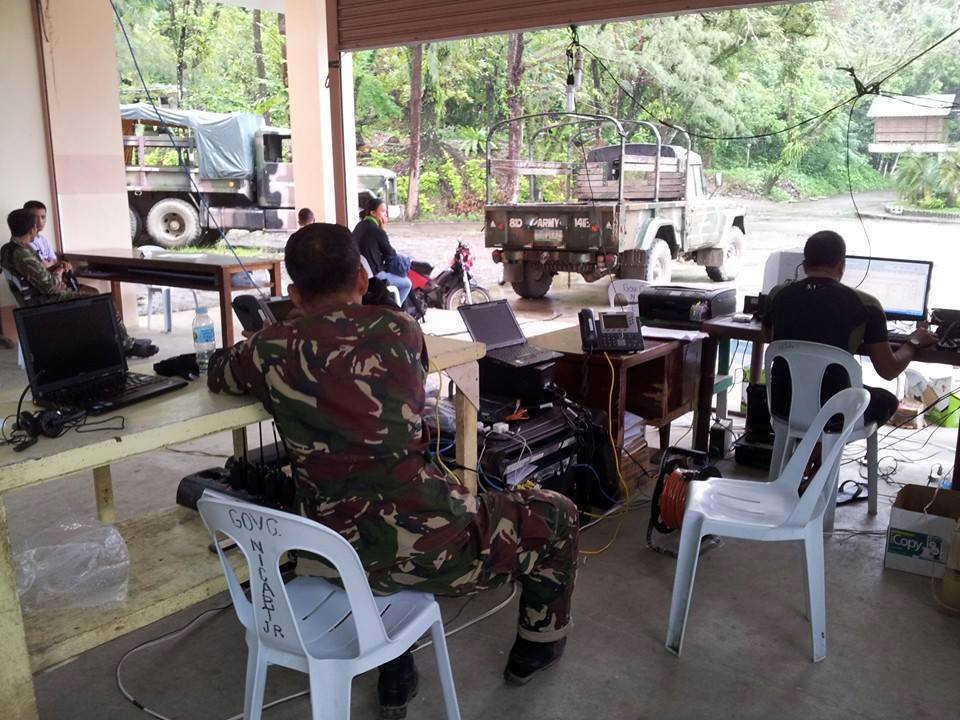Government units are perpetually in a race against time to collaborate and keep their constituents safe, prevent loss of life, and lessen economic casualties amid increasing vulnerabilities like earthquakes, typhoons, flooding, water scarcity, and extreme heat.
While communication technology has long innovated the country’s current plan for response during disasters, digitization possesses greater potential to play a bigger role in supporting the country’s local disaster approach as a whole, according to Cisco Philippines.
“The way we address emergencies has benefitted from technology’s development to help save lives when disaster strikes, like we’ve seen in the use of social media to help disseminate critical information during calamities,” said Karrie Ilagan, Cisco Philippines managing director. “But technology’s potential can now be further harnessed to help shift reactive disaster response to one anchored on prevention through the creation of a more robust disaster plan before it’s too late.”
In 2013, Cisco deployed its disaster response team, TacOps, to respond to the aftermath of super typhoon Yolanda.

Having experienced critical challenges on coordination, communication, and collaboration, the IT giant developed the Rapid Response Kit (RRK), a portable and easy-to-use network and device designed to be the first line of communication for first responders. The RRK’s first deployment was in 2014 and has since been used in many disaster and crisis situations all over the world.
Years later and with disaster mitigation still high on the agenda, Cisco has put together a new solution that can aid all four stages of the country’s Disaster Risk Reduction and Mitigation (DRRM) plan.
“In 2013 and the years that followed, we focused on communication technology that could help expedite response to and recovery from disasters. While these are important stages on disaster management, Cisco is shifting its focus to developing a solution that will help Local Government Units (LGUs) be more proactive, addressing challenges before disaster strikes, saving more lives and preserving the economy through Prevention and Mitigation as well as Preparedness,” said Ilagan.
Technology as a lifeline
Cisco’s local office developed its Cisco KONEKTADO solution specifically for disaster-prone LGUs chronically exposed to risks due to natural calamities.
Cisco KONEKTADO has several disaster-resilient components that allows faster communication and collaboration between LGUs. The all-in-one connectivity, communications, and collaboration solution can be used to establish or strengthen connections between these high-risk LGUs and their respective municipalities, as well as with national government bodies that oversee disaster preparation and response like the National Disaster Risk Reduction and Mitigation Council.
The solution allows stakeholders all over the country to communicate via video even in areas where communication infrastructure may be lacking or has yet to be developed. This feature can strengthen the first half of DRRM—Prevention and Mitigation, and Preparedness. Through its “video in a box” functionalities, risk-prone LGUs can facilitate trainings and shorten critical meetings with their stakeholders by video conferencing. This also quickens strategic planning sessions by improving information sharing between parties for intel-gathering and up-to-the-minute updates.
Another important component of Cisco KONEKTADO is its capability to establish networks when infrastructure is down—a vital necessity during calamities in disaster-stricken municipalities. CISCO KONEKTADO provides a resilient, lightweight “network in a box” that can facilitate better coordination for search, rescue, and retrieval capacities to areas with no cellular signal or internet. “The solution was built with components that are easy to scale as Cisco’s experience during Yolanda underlined mobility was key when it came to disaster response,” said Ilagan. “Cisco KONEKTADO is capable of establishing a reliable network that can aid tactical deployments for immediate disaster response with little to no downtime.”
Further, the all-Cisco hardware and software suite was also built to be interoperable with legacy solutions each LGU might already have in place, reducing the need to overhaul well-functioning systems while innovating their local processes.
“Each high-functioning component of the solution is made to be easily installed, programmed, and used by non-technical people, eliminating the need for dedicated specialists and cutting down time for staging and deployment when action is crucial,” added Ilagan. “And outside of disaster response, the suite can help increase productivity in any municipality’s day to day business as well.”
With the development of Cisco KONEKTADO, the IT and networking leader hopes to enrich the country’s disaster response by also planning to reach out to LGUs all over the country through roadshows set to help deepen their education as well as training on DRRM throughout the year.
